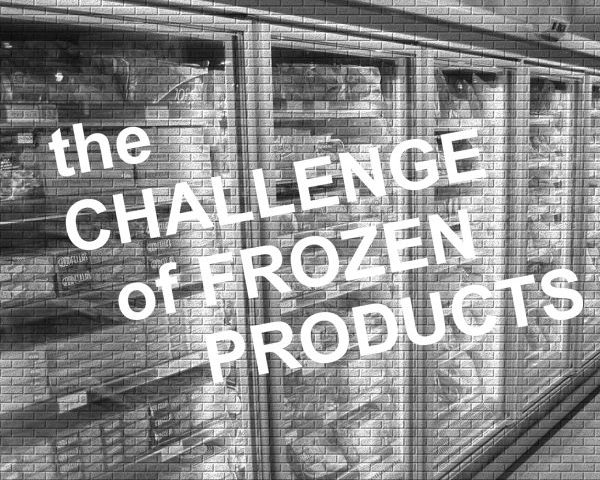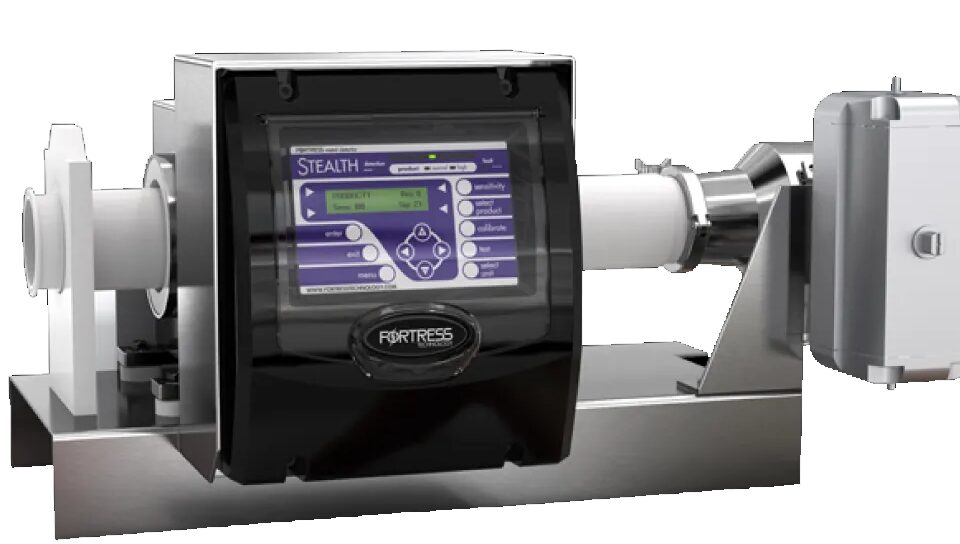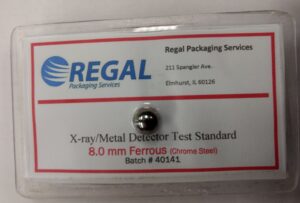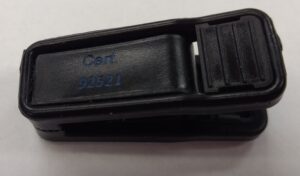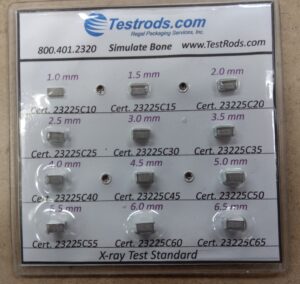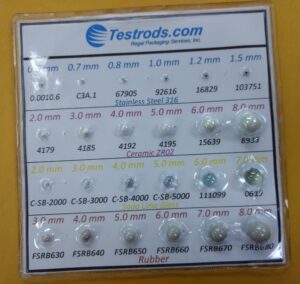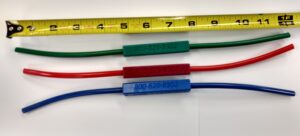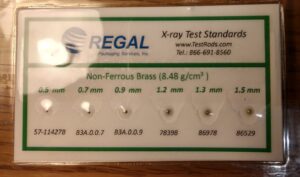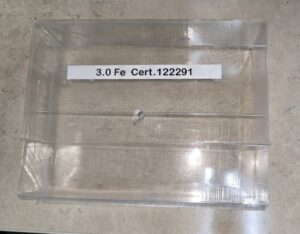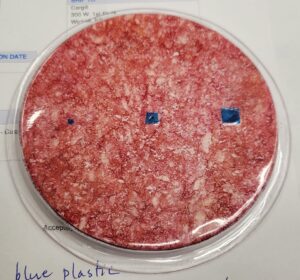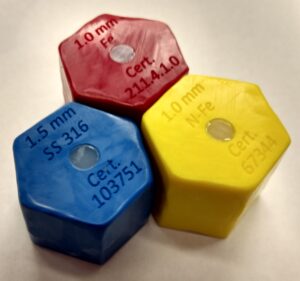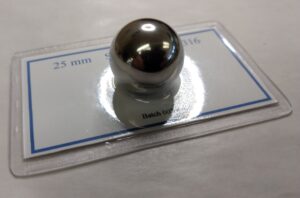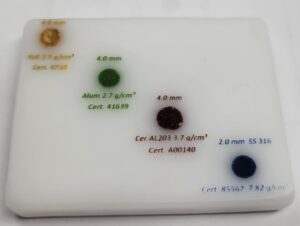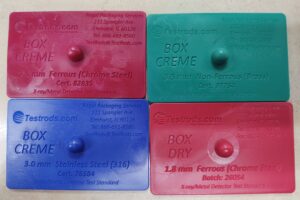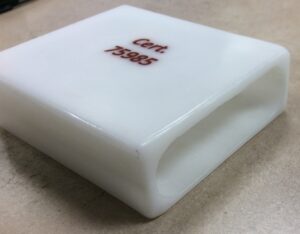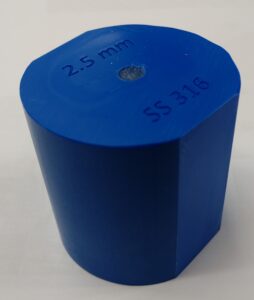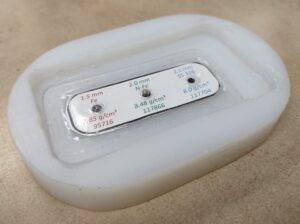
What Happens When a Test Piece Makes It to the Market?
December 1, 2023
50 Famous Food Quotes
February 1, 2024 The Challenge of Frozen Products
The Challenge of Frozen Products
Frozen products can present a unique challenge. When setting up a metal detector and calibrating it to the product being tested, the type of product will go a long way to determining the sensitivity settings. But it’s not just the ingredients that matter, even the temperature of a product can upset the process. What we’re considering in this article is the unique product effect of frozen food.
First, we need to keep in mind that a dry product is generally easier to calibrate than a wet product, because a dry product typically has a consistent effect on the metal detector as it passes through the aperture. With a wet product, the variables in wetness can affect the conductivity of the product and, in turn, require changes in the settings on your metal detector.
Of course, there’s no way to do this either manually or automatically “on the fly.” The saline content, among other considerations, can determine the effect the product will have on the magnetic field. And even food that seems dry, like bread or other bakery products, will have some degree of liquid content. In addition, higher temperature or hot products coming directly from processing will always show higher product effect values because they contain moisture.
So, it’s not always a simple setup as you might expect. And frozen products can present a new set of challenges.
The most important, even critical, factor is how frozen the product is. If the product is only partially frozen, this will play a major role in product effect. The more frozen your product is, the lower the product effect will be and, hence, the greater the sensitivity the detector will achieve. That is, it will behave more like a dry product. Metal detectors can work extremely well with completely frozen products because they appear to the metal detector as a dry product.
In a factory where the frozen products travels down the line in rooms that are not below freezing temperatures, the product can begin to show condensation. During the testing process, the conductivity will increase, and this may cause false rejects. Or, if a product is not entirely frozen at its core, the unfrozen center may appear like a piece of metal because it is conducting more of the magnetic field than it would if frozen solid. Often, cake and pie (bakery) products are frozen immediately after production, and bakers choose to inspect the items after they’re case-packed using food X-ray inspection that can accommodate the case size.
Likewise, product effect can also be more noticeable when detecting contaminants in food types where the density varies, for instance chilled ready meals, frozen meat, whole fresh chickens, grated cheeses, desserts and other frozen products. Moreover, the freezing, thawing, and palliating of products can vary product composition. This may cause an unfavorable consequence in the magnetic field, resulting in disproportionate false rejects.
Fortess Technology has overcome these issues with their Interceptor model metal detectors *”Conquering the longstanding challenge of ‘product effect’ caused by moisture and minerals, the Interceptor, is specifically designed to inspect conductive applications including meat, poultry, and fish, helping to eliminate false rejects.
On raw meat and poultry lines, products are exposed to a variety of processes, including cutting, slicing and mincing. Although stainless steel contamination in products is a rare occurrence, the metal is prevalent in industrial meat preparation equipment.
By utilizing a simultaneous multi-frequency operation, the Fortress Interceptor effectively processes the transmission and reception of multiple frequencies continuously over a broad spectrum. This revolutionary operation facilitates an improvement in detection capabilities of up to 100% with stainless steel, especially when inspecting traditionally difficult “wet” products. This technology is especially beneficial for producers using metalized film in their process or with products that create a challenging product effect.
Splitting the frequency signals means that the machine can clearly differentiate between the signal generated by the product as a result of moisture or mineral content (for example salt that’s prevalent in bacon) and any metal contaminant. This puts a stop to a potential stainless-steel signal being ‘swamped’ by product effect.” Read more…
In the end analysis, the problem with frozen products doesn’t mean you can’t effectively or efficiently use metal detection to safeguard the consumer, but it does mean having the knowledge, insight, and the right tools to conquer the challenge.
Taken from https://fortresstechnology.com/interceptor-conquers-product-effect-meat-poultry-lines/

